PPT-Chapter 3: Introduction to Assembly Language Programming
Author : ellena-manuel | Published Date : 2020-04-04
CEG2400 Microcomputer Systems Ceg2400 Ch3 assembly V7a 1 Objective In this lecture you will learn some basic assembly language operations for ARM7 In the laboratory
Presentation Embed Code
Download Presentation
Download Presentation The PPT/PDF document " Chapter 3: Introduction to Assembly Lan..." is the property of its rightful owner. Permission is granted to download and print the materials on this website for personal, non-commercial use only, and to display it on your personal computer provided you do not modify the materials and that you retain all copyright notices contained in the materials. By downloading content from our website, you accept the terms of this agreement.
Chapter 3: Introduction to Assembly Language Programming: Transcript
Download Rules Of Document
" Chapter 3: Introduction to Assembly Language Programming"The content belongs to its owner. You may download and print it for personal use, without modification, and keep all copyright notices. By downloading, you agree to these terms.
Related Documents

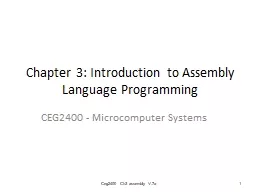
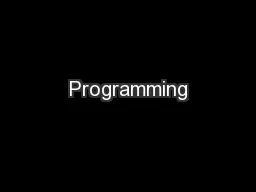
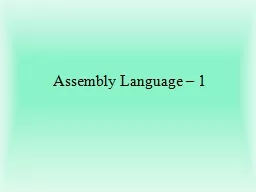
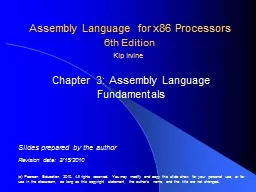

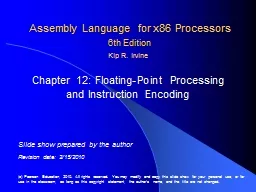
![[PDF]-Assembly language programming for the COCO 3: An addendum to Assembly language programming](https://thumbs.docslides.com/978766/pdf-assembly-language-programming-for-the-coco-3-an-addendum-to-assembly-language-programming-for-the-trs-80-color-computer.jpg)
![[FREE]-c programming textbook.c programming book.c programming language.c programming.c](https://thumbs.docslides.com/979920/free-c-programming-textbook-c-programming-book-c-programming-language-c-programming-c-programming-visual-quickstart-guide-c-programming-for-dummies-absolute-beginner-s-beginner-exercises-in-easy-steps.jpg)
![[FREE]-Programming 58: C++ Programming Professional Made Easy & Windows 8 Tips for Beginners](https://thumbs.docslides.com/980128/free-programming-58-c-programming-professional-made-easy-windows-8-tips-for-beginners-c-programming-c-language-c-for-beginners-c-programming-programming-windows-8-c-programming.jpg)
![[FREE]-Programming 16: Python Programming In A Day & C Programming Professional Made Easy](https://thumbs.docslides.com/980148/free-programming-16-python-programming-in-a-day-c-programming-professional-made-easy-c-programming-c-programming-c-programming-language-html-python-python-programming-coding-css-java-php.jpg)
![[READ]-Programming 5:C Programming Success in a Day Excel Shortcuts (C Programming, C++programming,](https://thumbs.docslides.com/988966/read-programming-5-c-programming-success-in-a-day-excel-shortcuts-c-programming-c-programming-c-programming-language-excel-javascript-programming-microsoft-excel-python-java-php.jpg)